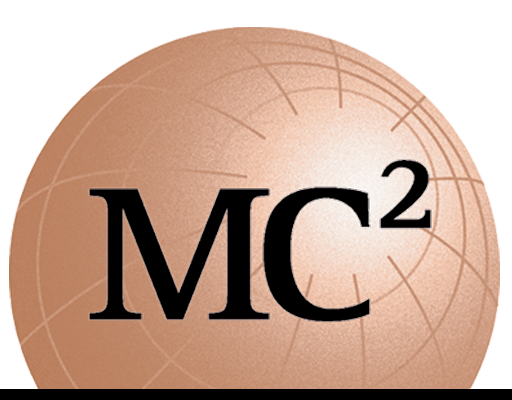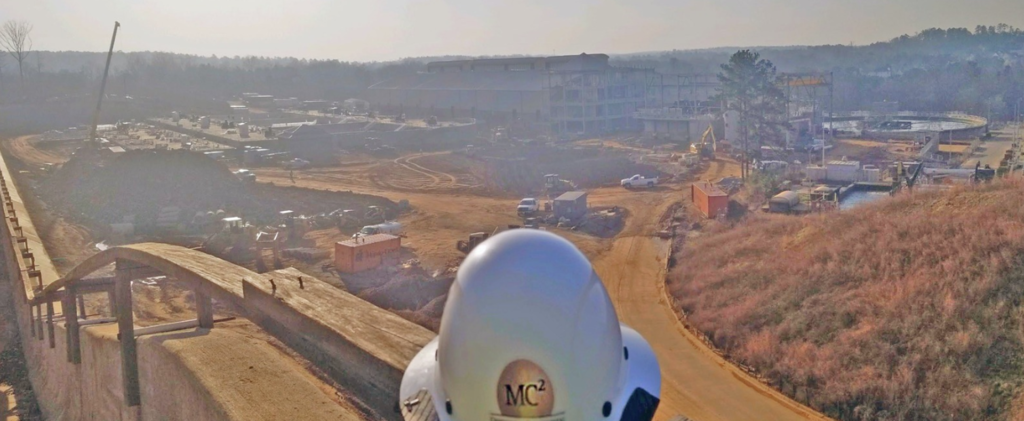Snapfinger and Pole Bridge Creek Wastewater Treatment Plant Interplant Storage and Convergence Phases I & II, DeKalb County, Georgia
The tunnel itself is proposed to be approximately 5 miles long, have a 27-foot diameter, and have a storage volume of 88 million gallons. Tunnel


